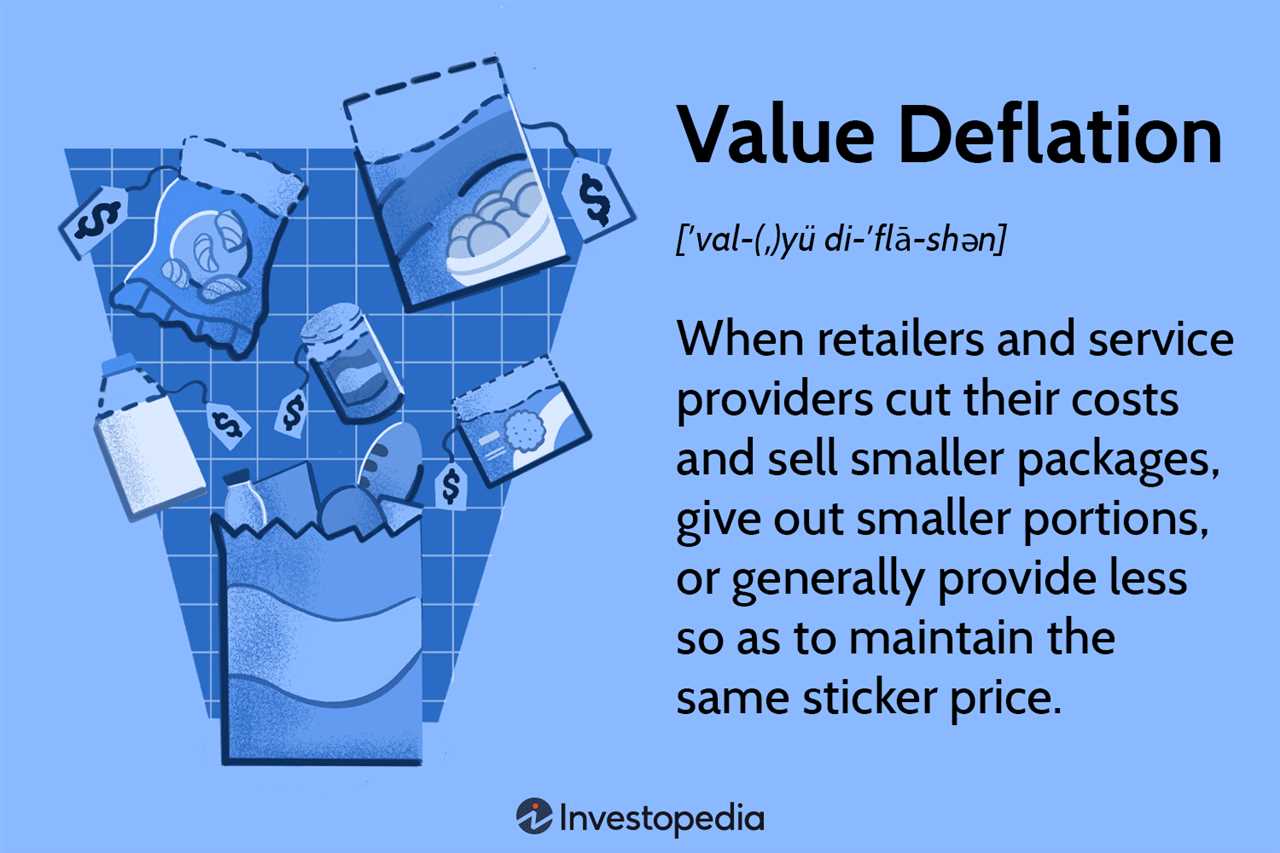What is Blockchain and How Does it Work?
How does Blockchain work?

At its core, Blockchain is a chain of blocks, where each block contains a list of transactions. These blocks are linked together using cryptographic hashes, forming a continuous and tamper-proof chain of information. Here’s a step-by-step breakdown of how Blockchain works:
- Block creation: Once the transaction is verified, it is added to a block along with other verified transactions. This block is then added to the Blockchain.
- Consensus: Consensus mechanisms, such as Proof of Work or Proof of Stake, are used to ensure that all nodes agree on the validity of the transactions and the order in which they are added to the Blockchain.
- Block validation: Each block in the Blockchain is linked to the previous block using a cryptographic hash. This ensures the integrity of the chain and makes it extremely difficult to alter past transactions.
- Decentralization: The Blockchain is distributed across multiple computers, making it decentralized and resistant to censorship or control by any single entity.
Key features of Blockchain
Blockchain offers several key features that make it unique:
- Transparency: All transactions recorded on the Blockchain are visible to all participants, creating a transparent and auditable system.
- Security: The use of cryptographic algorithms and decentralization makes Blockchain highly secure and resistant to hacking or fraud.
- Immutability: Once a transaction is recorded on the Blockchain, it cannot be altered or deleted, ensuring the integrity of the data.
- Efficiency: Blockchain eliminates the need for intermediaries, reducing costs and improving the efficiency of transactions.
Frequently Asked Questions about Blockchain
|
1. What is blockchain? Blockchain is a decentralized digital ledger that records transactions across multiple computers. It is designed to be transparent, secure, and tamper-resistant. |
|
2. How does blockchain work? Blockchain works by creating a chain of blocks, where each block contains a list of transactions. These blocks are linked together using cryptographic hashes, forming a secure and unchangeable record of all transactions. |
|
3. What are the benefits of blockchain? |
|
4. Is blockchain only used for cryptocurrencies? No, blockchain technology can be used for a wide range of applications beyond cryptocurrencies. It can be used for secure record-keeping, smart contracts, supply chain tracking, voting systems, and more. |
|
5. Is blockchain secure? Blockchain is considered to be highly secure due to its decentralized nature and cryptographic algorithms. However, it is not completely immune to attacks, and proper security measures should be implemented to protect against potential vulnerabilities. |
|
6. Can blockchain be regulated? Regulation of blockchain technology is a complex and ongoing topic. While some countries have implemented regulations to address concerns such as money laundering and fraud, there is still a need for global standards and frameworks to ensure responsible and ethical use of blockchain. |
|
7. Can blockchain be scaled? Scalability is a challenge for blockchain technology, especially in public blockchains like Bitcoin and Ethereum. However, there are ongoing efforts to improve scalability through techniques such as sharding, layer-two solutions, and consensus algorithm upgrades. |
|
8. What is the future of blockchain? The future of blockchain is promising, with potential applications in various industries and sectors. As technology advances and more organizations adopt blockchain, we can expect to see increased innovation, efficiency, and trust in the digital economy. |

Emily Bibb simplifies finance through bestselling books and articles, bridging complex concepts for everyday understanding. Engaging audiences via social media, she shares insights for financial success. Active in seminars and philanthropy, Bibb aims to create a more financially informed society, driven by her passion for empowering others.
